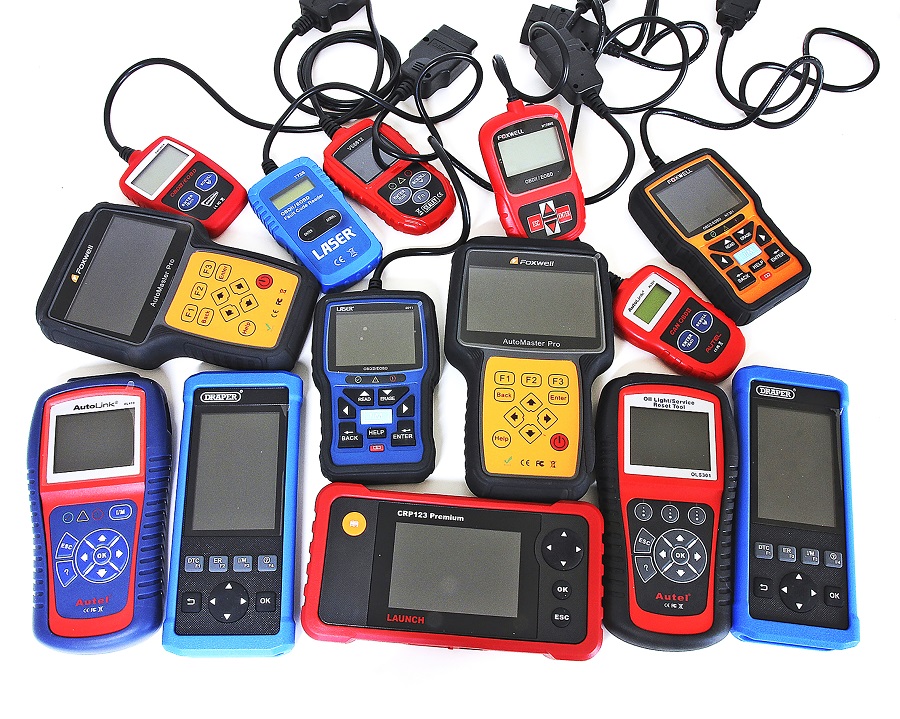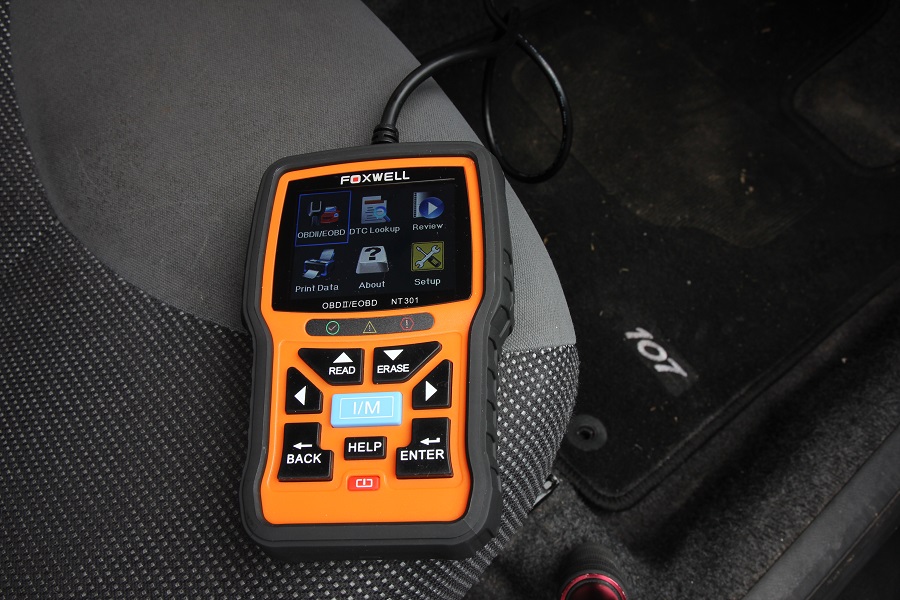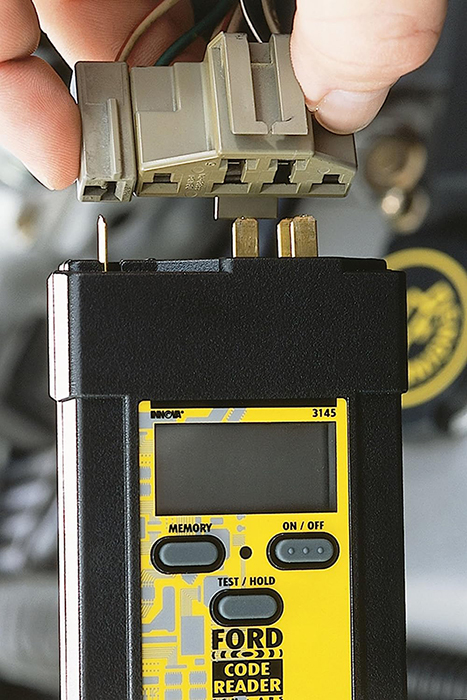What is OBD2? Is OBD2 better than OBD1? We explain all in our detailed guide to one of the most useful tools for your vehicle, on board diagnostic scanners.
OBD2 Scanners have become a common tool for car owners these days, allowing you to diagnose countless issues with relative ease without having to visit a specialist or do complex manual fault finding techniques yourself.
On the face of it, it seems simple, you just buy a scanner, plug it in, it tells you what’s wrong, and the job is done. While that is generally the case, things are a little more complex than that. We’re sure most of you have heard the term OBD2 (On-Board Diagnostics), and most will have heard of OBD1 also, but do you know what these terms mean? Do you know what you need for your own car? To help clarify what can be a surprisingly confusing subject, we’ve compiled this simple guide to OBD1 and OBD2.
What is OBD1?
If we had to sum up OBD1 in a word, it would be ‘minefield’. Technically, there’s no such thing as OBD1, not in the standardized form that OBD2 is anyhow, as OBD1 simply refers to literally any on-board diagnostics system, no matter how basic, that isn’t OBD2. These were often not standardized within a manufacturer’s range of cars, and certainly were not compatible between different manufacturers like OBD2 is.
On-board diagnostics appeared on cars as early as the 1970s in some examples, and by the 80s almost all vehicles, even carbureted ones that had at least a partially computerized fuel or ignition system, had some form of diagnostics, but these ranged in complexity and usefulness wildly, with most being only of use by main dealer software and hardware, and even then most were very rudimentary by today’s standards.
As time moved on, things became a little more standardized and accessible to the general public, with many vehicles having the DTCs (Diagnostic Trouble Codes) displayed to them via a blinking light, which was most commonly the check engine light, but again this changed vehicle to vehicle. With Volvos, for example, having separate LEDs mounted next to the diagnostic port usually mounted in the engine bay. These codes were a Morse-style, with fast and slow flashes of the light in various orders and numbers to indicate different fault codes. This system was generally activated by bridging certain pins on the diagnostic port. However, as ever in this non-standardized era, both pins needed to be bridged, and what each blinking code actually meant, depends on the manufacturers and even the vehicle type in question.
Are all OBD1 systems the same?
As car electronics got more sophisticated, so did the on-board diagnostics systems. As you’ve probably already guessed by now, that still didn’t make them any more standardized. In the 90s, practically every manufacturer had a relatively effective OBD system that could be plugged in to a computer to read and even modify data from the cars various electronic systems. Aside from where laws dictated it, most did not use the OBD2 system. Mercedes used a complex 38pin system and BMW using a 20pin plug right up until the 2000s in many cases; some vehicles even had both an OBD2 port for the mandatory engine and emissions based diagnostics, and this secondary ‘OBD1’ system for all other car diagnostics.
For the true enthusiast or specialist garage, pinouts, software, and hardware are still available for many popular ‘OBD1’ diagnostics systems from the late 80s right up until full OBD2 compliance. On some vehicles, like the BMW and Mercedes systems, as well as Honda, VW/Audi, and others, they can be surprisingly advanced if you have the equipment and knowhow.
Unfortunately, as you might expect from them being non-standardized systems, they tend to be far less user friendly as they were intended for main dealer use only, far more expensive to acquire the correct equipment as they are a very niche market. Also, unlike OBD2 scanners which are useful on all compliant vehicles, OBD1 diagnostics are often not even compatible between all cars of the came manufacturer, and certainly not between different brands of vehicle.

OBD2
For the vast majority of private passenger vehicles on the road today, the relevant on-board diagnostics system for you is OBD2. This is a standardized system used virtually worldwide. It uses a standard 16 pin female connector that’s always mounted within around two feet from the driver’s seat. It uses a relatively standardized software and hardware design. This includes standardized DTCs (diagnostic trouble codes), making it accessible and useful via any OBD2 scanning software.
Does my car have OBD2?
While all newer cars are OBD2 compliant, different vehicles and manufacturers started using OBD2 at wildly varying years. In the US, OBD2 became mandatory for cars from 1996 onwards, and in Europe it did so from 2001 for petrol engine vehicles and 2004 onwards for diesels. Some vehicles, however, used OBD2 earlier than these dates. Elsewhere in the world, OBD2 only became mandatory much later. In certain countries, it’s still not mandatory fitment. I’s always worth checking what your vehicle has rather than simply assume.
Are all OBD2 systems the same?
While OBD2 is technically standardized, that doesn’t mean it’s exactly the same on all vehicles. Of the 16 pins of the OBD2 port, only 9 have standardized functions. The rest are down to manufacturers discretion on what they are used for and indeed if they are used at all. This is why OBD2 scanners tend to ask what vehicle is being scanned before operating. It is also why some scanners can see far more data than others on certain vehicles. Not everything is fully compatible.
The standardized scanning functions and DTCs tend to engine related fault codes. These are generally the things that may have brought up your check engine light or put your car in to limp mode. Sensor issues, emissions problems, fuel and air metering issues, misfires, and even transmission issues on some vehicles. Beyond this very little is standardized. Exactly what you can see will be down to the manufacturer and the scanning software and hardware used.
To complicate matters further, especially in the earlier years of OBD2 integration, some manufacturers, Mercedes for example, used OBD2 purely for the engine related diagnostics. They then had a secondary, completely different style socket, mounted elsewhere on the car. This was for diagnostics of all the other car components. As you can imagine, this needs specialist software and hardware to access.
What OBD scanner do I need?
As a result of these potential issues, you need to be aware of the requirements for both your vehicle. Also, what you want to achieve with a scanner. A simple and cheap OBD2 scanner will tell you the basic engine fault codes on any OBD2 compliant vehicle. For more complex fault finding, especially if you wish to see more detailed sensor data or non-engine related faults or data, a more sophisticated scanner may be needed. Potentially one that uses a non-OBD2 plug to access certain information.








